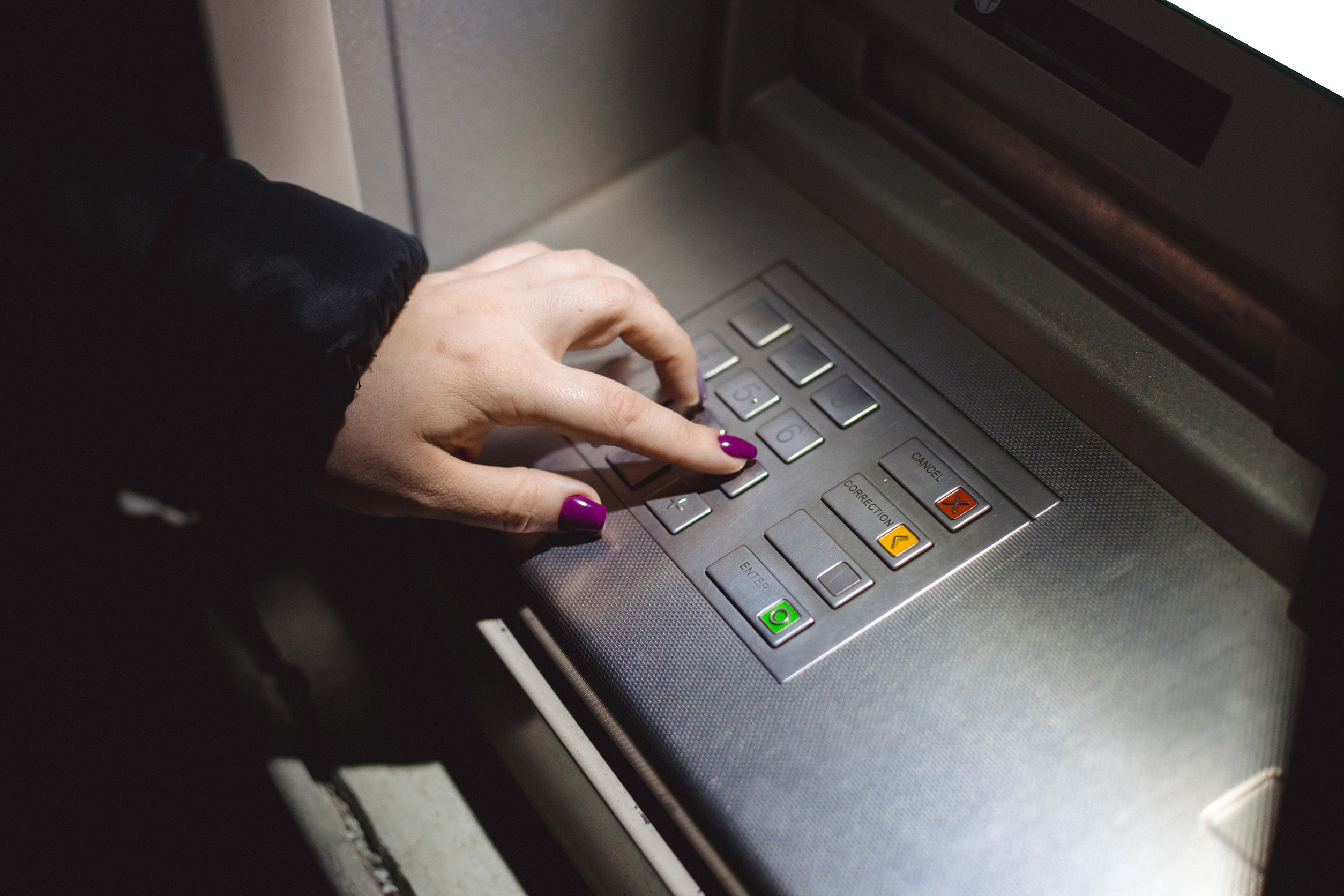Card skimming has entered a dangerous new phase. Thieves are no longer just targeting the card reader slot—they’re now embedding skimmers inside the card eject mechanism. This tactic is stealthy, effective, and much harder to detect by sight or touch.
As ATM technology has evolved, so have the methods used by criminals to exploit it. Understanding how these new devices work is the first step to avoiding financial loss.
The Shift from Traditional Skimmers to Eject Slot Devices
For years, most skimmers were hidden on or around the card insertion slot. Users were warned to jiggle the reader or look for overlays, but criminals adapted. Now, they’re embedding skimming devices into the card eject slot—the last place most people check. This new placement captures the card’s magnetic stripe data as it’s pushed out, not as it goes in. The tactic bypasses many consumer awareness efforts and allows criminals to remain undetected longer.
How the Eject Slot Skimmer Works
The eject slot skimmer is thin, precise, and fits within the mechanism that pushes the card back to the user. As the card exits, a micro sensor reads and stores the magnetic stripe data. These skimmers often include microcameras or companion devices to record PIN entries. They don’t interfere with the transaction process, which makes them nearly invisible to both consumers and many maintenance crews. Since they blend seamlessly into the ATM design, they’re much harder to identify and remove.
Why These Skimmers Are So Effective
Installing a skimmer in the eject slot is much less obvious than placing one over the card reader. Users typically don’t inspect the eject area because it looks unaltered and feels like part of the machine. The small form factor of these devices makes them difficult to detect without disassembling the ATM. Many of these skimmers are designed using 3D printing and mimic OEM parts almost perfectly. This high level of detail allows them to avoid visual detection even by professionals.
ATM Design Flaws That Make It Possible
ATMs were not originally designed with internal anti-skimming defenses in every part of the card path. While many modern machines now have anti-skimmer hardware at the reader slot, the eject mechanism has been largely overlooked. Sophisticated fraud rings are now exploiting this blind spot. Most machines do not log abnormalities in the card ejection process, which means the skimmer can operate without setting off internal alerts. The lack of tamper sensors near the eject area adds to the vulnerability.
Who Is Behind These Advanced Skimming Attacks
Organized criminal groups, not lone hackers, are typically responsible for installing these high-tech skimmers. These groups operate in cells and often include former engineers or ATM technicians. They use detailed knowledge of ATM internals to design hardware that fits perfectly. Some even acquire the same ATM models to test their devices before deployment. These operations are highly coordinated and often span multiple countries.
How Criminals Retrieve the Stolen Data
Once installed, the eject slot skimmer begins logging data every time a user withdraws cash. Some versions store the data locally and require manual retrieval, while others transmit the data wirelessly. Bluetooth and short-range Wi-Fi connections are often used to exfiltrate information without ever opening the machine. In some cases, devices have been found with remote self-destruct features to prevent forensic analysis. The harvested data is later encoded onto blank cards or sold on dark web marketplaces.
Why Most People Don’t Realize They’ve Been Skimmed
Because the transaction appears normal, users often don’t suspect anything until unauthorized charges appear days later. These skimmers don’t block or damage the card, and the ATM dispenses cash as usual. Even bank staff and technicians may miss the skimmer if it’s installed inside the eject slot housing. Unless a full diagnostic is performed, the device can remain in place for weeks or months. This window gives criminals ample time to harvest a high volume of card data.
What Financial Institutions Are Doing in Response
Banks and ATM manufacturers are beginning to redesign machines to secure every part of the card path. Some are adding tamper-evident seals and internal sensors to detect unusual resistance or foreign objects. Routine inspections are being upgraded to include checks inside the eject mechanism. Financial institutions are also investing in software that monitors ATM behavior for anomalies. However, retrofitting older machines remains costly and slow, leaving many units at risk.
How Consumers Can Stay Protected
Even though these skimmers are hard to detect, there are still steps consumers can take. Using ATMs inside bank branches rather than standalone units reduces risk. Covering the keypad while entering the PIN remains a critical defense against hidden cameras. Watching for anything unusual in how the card is returned—such as extra friction or delays—may indicate tampering. Reporting suspicious ATMs promptly helps financial institutions take faster action.
The Role of Law Enforcement and Cybersecurity Experts
Law enforcement agencies are working with cybersecurity firms to track the spread of these new skimming devices. International task forces are focusing on supply chains and identifying patterns in attacks. Cybersecurity researchers help by reverse-engineering recovered skimmers to understand how they function. This collaboration has already led to several arrests and takedowns of criminal networks. Still, the rapid evolution of skimmer design means the fight is far from over.
Closing the Vulnerability Gap in ATM Technology
To truly prevent these attacks, ATM manufacturers must rethink how machines handle card insertion and ejection. Incorporating full-path sensors and tamper detection is becoming the new standard. As criminals grow more sophisticated, so must the machines that hold and process sensitive card data. Security has to be proactive, not reactive. Every overlooked detail is a potential entry point for fraud.
Stay Alert & Always Make Sure You Stay Safe
The rise of eject slot skimmers marks a new chapter in ATM fraud. These devices are sleek, effective, and difficult to spot—making consumer awareness more critical than ever. As banks work to update hardware and law enforcement pursues cybercriminals, personal vigilance remains the first line of defense. Anyone using an ATM should stay alert for signs of tampering and report anything suspicious immediately.
Have you noticed strange behavior at an ATM recently? Share your thoughts or experience in the comments.
Read More
9 Common Fees Banks Don’t Advertise—But Still Charge
10 “High Yield” Accounts That Collapse After 12 Months


